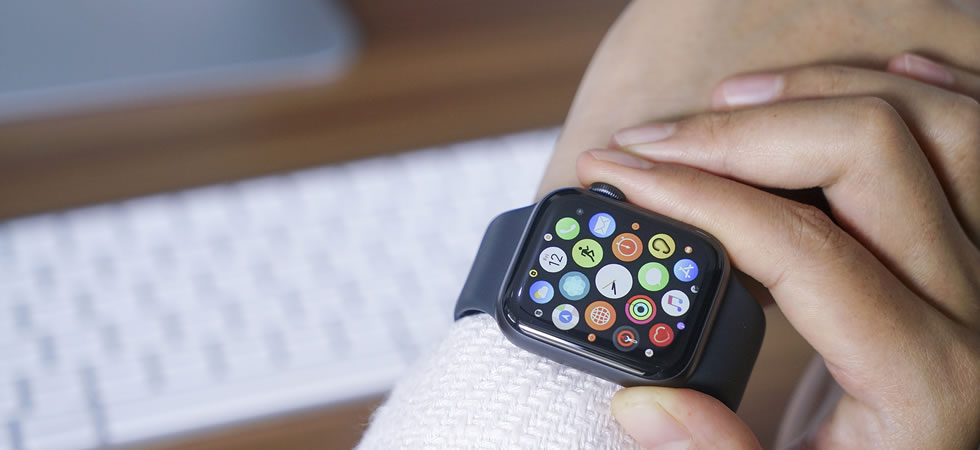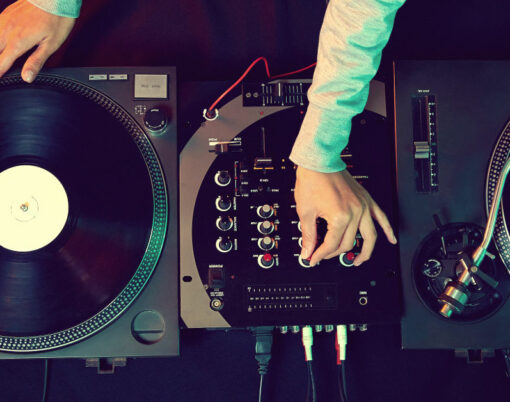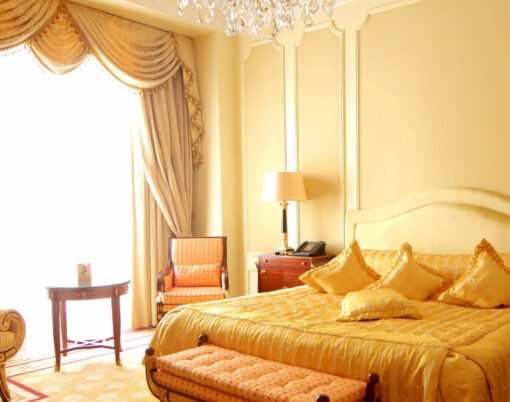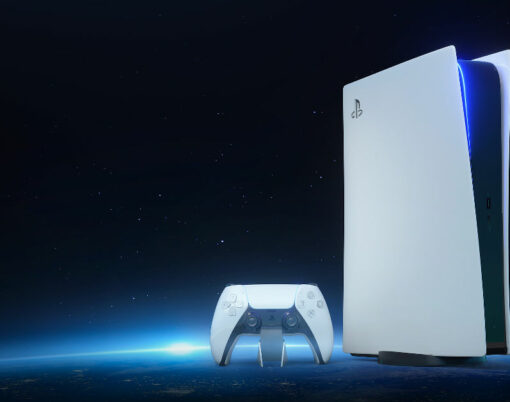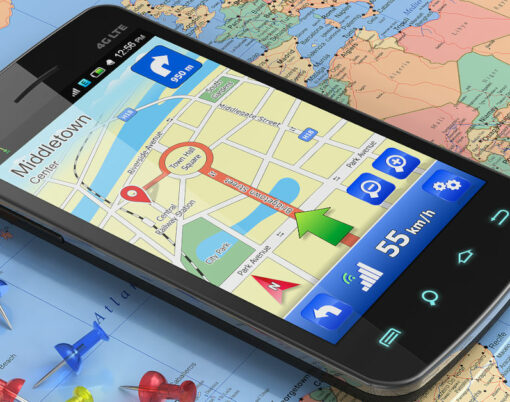Wearables are a hard sell. The first generation Apple Watch was clunky and heavily dependent on the iPhone for functionality while many of the “smart” rings and bracelets on the market have a flashing LED at the upper limit of their abilities. There’s also the issue of pricing – does anybody really need a £150 ring to tell them that their phone has received a text message?
Wearables aren’t really defined by what they can do but what they lack, at least for now, but their potential is undeniable. The technology has penetrated industries as diverse as healthcare, logistics, and even sports, with the NBA using something called Blast Motion, a sensor worn on the shorts, to record and analyse player movements on the court.
The technology does have its teething problems. For example, any hobby that requires payments or deposits, like casino and sports betting, is hamstrung by the fact that the Apple Watch offers quite a simplistic interface. It’s a disappointing state of affairs for anybody who likes to game on the go or place a bitcoin bet online. Watches and headsets could give gamers the opportunity to respond faster to in-play markets or cash-out in a losing situation, so it’s pretty clear that this technology hasn’t been utilised to the extent of its potential all.
Things may change in the future, and wearables may just take off, if brands take full advantage of their unique capacity for lightning-quick access to specific services and apps. In the meantime, current wearables provide a proof of concept for what may one day become an essential purchase. Here are just two luxury devices that succeed despite the limitations of the technology.
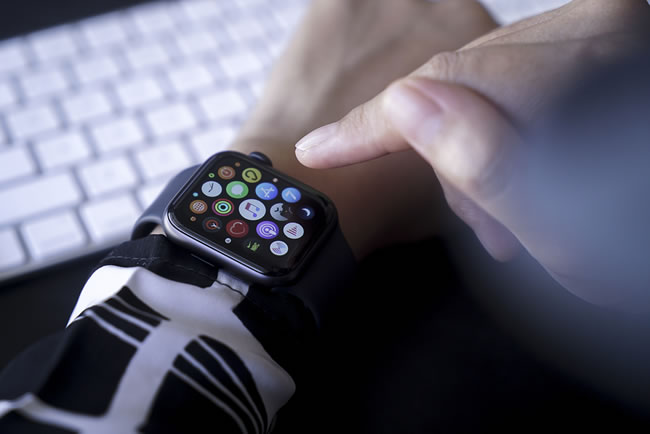
The Apple Watch 2 (£269 – £1,549)
Cynicism aside, the second-generation Apple Watch is a huge improvement over the original; the Cupertino company’s flagship wearable is now arguably the best smartwatch money can buy. Apple has catered to every budget too, offering a basic £269 model up to a £1,549 Hermès collaboration. There’s also a Nike-branded version, which, while lacking the hefty price tag of the latter, is distinctive enough to warrant an extra £100.
Central to the Apple Watch 2’s newfound popularity is the redesigned operating system (WatchOS 3) and an emphasis on health and fitness tracking – the device is even waterproofed to allow swimming. It’s still too expensive to risk on the assault course or the football field but the included GPS means that it’s possible to track a route (and play Pokémon Go) during the morning run.
Opening Ceremony MICA (£410)
Similar to the Hermès Apple Watch, Opening Ceremony’s MICA device is a collaboration between a fashion designer and a technology company; in this case, Intel. The MICA, an acronym that stands for My Intelligent Companion Accessory, is essentially a wrist-mounted mobile phone (it comes with its own number). However, unlike the Apple Watch, it’s not reliant on a second device so you can safely leave your iPhone at home.
MICA, My Intelligent Communication Accessory, Designed by Opening Ceremony,Engineered by Intel https://t.co/JyqYMlDl9o pic.twitter.com/u8mBYCSG1T
— Sean | (❍ᴥ❍ʋ) (@seancarliss) 27 September 2016
The MICA is a costume bracelet made from high-end materials like Lapis lazuli, white and black water snakeskin, tiger’s eye, pearls, and obsidian. The smart side of things includes an OLED touchscreen with support for simple text messaging, two Gmail accounts, GPS, and Yelp search features but the device is let down by disappointing battery life. Lasting two days when charged though, it still outperforms the Apple Watch 2.
Finally, there are more wearables out there – the Ear-o-Smart is an earring that tracks activity like a FitBit, while the Misfit Swarovski Shine, a crystal-encrusted bangle with fitness tracking capabilities, has to be one of the more bizarre devices out there. However, few wereables feel like fully realised products as of early 2017.
Image credit at the very top of the article: raditya/Bigstock.com












